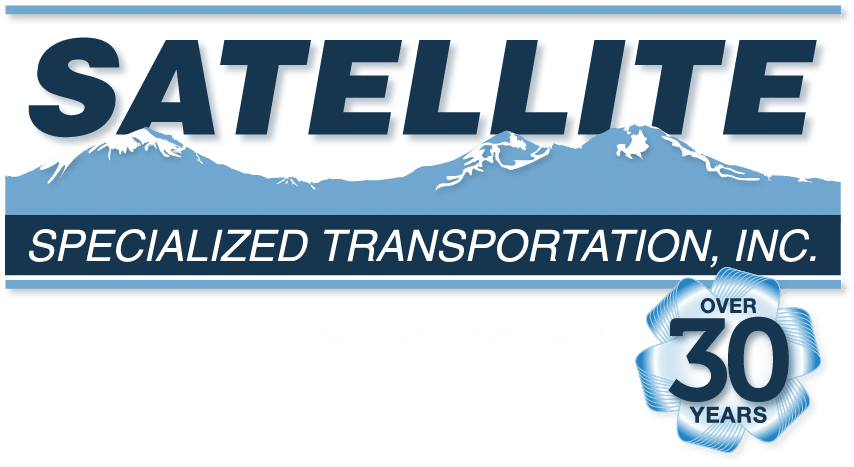Identifying Hazardous Materials is critical when determining your Shipping Options
Shipping hazardous materials requires taking precautions and using special protective equipment for the safe transportation of these materials. Hazardous materials can be a solid, liquid, or gas that can harm living organisms and/or the environment. HAZMAT is an equivalent term, exclusively used in the United States, which denotes hazardous materials. Hazardous materials may be flammable, toxic, explosive, radioactive, or biohazardous in nature, which is why they require the implementation of safety precautions during their transportation. Most countries have specific rules and regulations to manage hazardous materials but these rules and regulations differ depending upon the use and status of the material. People who handle such materials normally wear protective clothes and also carry protective equipment.
The shipment of hazardous materials is strictly regulated by the U.S. Department of Transportation (DOT) and the IATA (International Air Transportation Association). The shipment of these materials may present a serious danger if an accident occurs during their shipment. Thus, it is important to follow the rules laid out by the Department of Transportation so that any potentially unsafe conditions are minimized. The U.S. Department of Transportation can impose severe penalties, which include huge fines and even imprisonment for the violation of these rules.
The most important factor involved in shipping hazardous materials is the correct identification of the hazardous materials. Hazardous materials are grouped under different categories.
The officially designated hazard categories are labeled from number one to number nine.
1.1-1.6: Explosives
2.1: Flammable Gas
2.2: Non-Flammable gas
2.3: Poison Gas
3: Flammable Liquid
4.1: Flammable Solid
4.2: Spontaneously Combustible
4.3: Dangerous When Wet
5.1: Oxidizer
5.2: Organic Peroxide
6.1: Infectious Substance
7: Radioactive White I
8: Corrosive
9: Class 9
Hazardous materials can be identified according to the different categories into which they fall. If an item falls under a hazardous category, further investigation is necessary. Some hazardous materials are grouped under accepted hazardous materials, and others fall under prohibited hazardous materials. One can easily transport goods that are accepted hazardous materials if they are correctly packaged and labeled. If the material falls under prohibited hazardous material, then special provisions must be acquired in order to ship the material.
The next important issue regarding hazardous material shipping is the packaging of the material. Once the material is correctly identified and all other aspects of it are understood, then the material must be properly packaged. This includes three packing groups, each having a different set of criteria. The materials assigned to packing group I have the highest degree of danger associated with them, and the materials assigned to packing group III pose the least amount of danger.
Another core issue is the correct labeling of the hazardous material. Under all circumstances, packages that contain hazardous materials (HAZMAT) need to be properly labeled for shipping. These labels denote the type of hazard the material presents. The most important thing to understand about these labels is that they cannot be handmade. They have to be bought from a printing distributor that has manufactured them according to the DOT specifications for size, shape, and color. Marking the packages is extremely important. Under all circumstances, the markings on a shipment of hazardous material must include the proper shipping name, the UN number, the consignee’s name and address, and the consignor’s name and address. There can also be other markings such as “Fragile”, “Do Not Wet” or “Biohazard.”
Finally, it is important to keep in mind is that there must be complete documentation of the hazardous materials shipment. There are two sets of paperwork associated with a hazardous shipment. First is the way bill, and second is the shipper’s declaration of hazardous materials. The consignee must also write a memo to the control center stating what is being shipped, who is shipping it, where it is being shipped, and the sender’s lab office phone numbers.
Overall, hazardous materials shipment is governed by strict rules and very detailed regulations, so the information provided above should be read carefully. It is only meant to serve as a guideline. Before shipping hazardous materials, a detailed study should be done for the safe transportation of hazardous goods.
You benefit from our experience in delivering effective solutions to the complex global supply chains of some of America's biggest corporations.
You benefit from every innovation, whether it involves a simple extension to our Air or Ocean Freight partners, or it means a development in warehousing.
All of which explains why you’ll find the team of outstanding support at Satellite Trans ready to apply their passion for solutions in support of your business.

